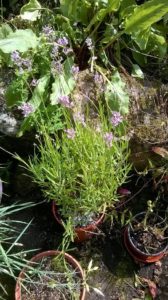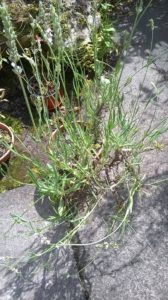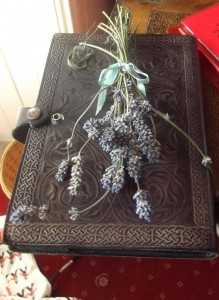
Well, you’d think, wouldn’t you. But sometimes lavender can look like this – lavender stoechas, possibly ‘Avignon’

or this

Which is lavender rosea, or this

which is lavender alba. They are all flowering their lovely heads off, and I’ve taken cuttings. With luck there will be some to share with poets at the Callander Poetry Weekend, which falls this year on the 2nd to the 4th September. Usually I would be encouraging people to sign up for a reading slot, but it seems that the word is out already and there is a wonderful programme in prospect, with the usual mix of readings, book launches, performance pieces, discussion groups, and a lot of good food and conversation.
The weekend got plenty of publicity at the Callander Haiku readings last night, as many of the contributors had met, or learned about haiku at previous weekends. I can’t recommend this weekend too highly, particularly as all the events are free, so if you are new to poetry readings, it’s an easy way to dip your toe in the water.
But in the meantime, I’ve been gardening, harvesting gooseberries and redcurrants, drying oregano for the winter, and beginning to cosset the first tomatoes. The roses are in full bloom and the honeysuckle is just beginning to flower – I think the combination of warm weather and torrential rain which we’ve had this week has really suited the garden! And there are flower buds on the myrtle bush for the first time.
In the quiet of the school holidays, I’ve taken time to rethink the next phase of this blog. I have a couple of poetry projects cooking – some translations from Old English, and a LONG poem dealing with land ownership and exile, environmental neglect, femininity, wildness and poetry. I’m getting sidetracked by research into wrens, fairy tales, folk music and early monasticism, but if I can bring it off, it’s going to be enormously satisfying. I may post scraps of it here every now and then. And I’m focusing my reviews to come up with a poetics of inhabitation – more human than eco-poetry, but less anthropocentric than pastoral. But I have no doubt that there will be the same mix of territory walking, domesticity and comment as usual. I hope those of you who are kind enough to read this regularly will enjoy it.

Leave a Reply